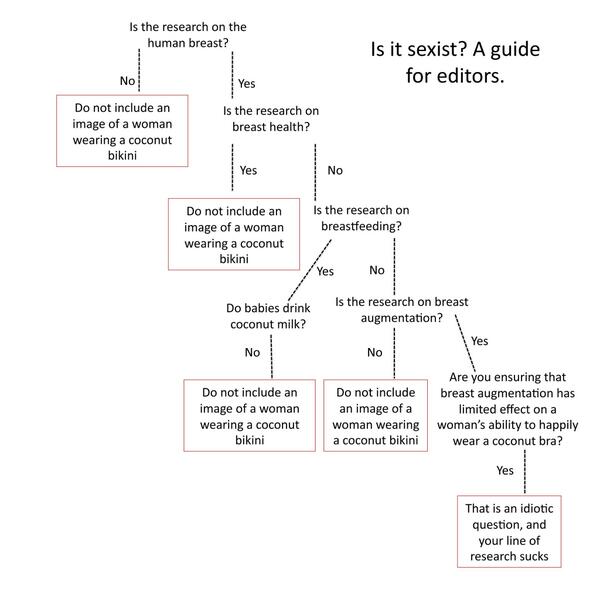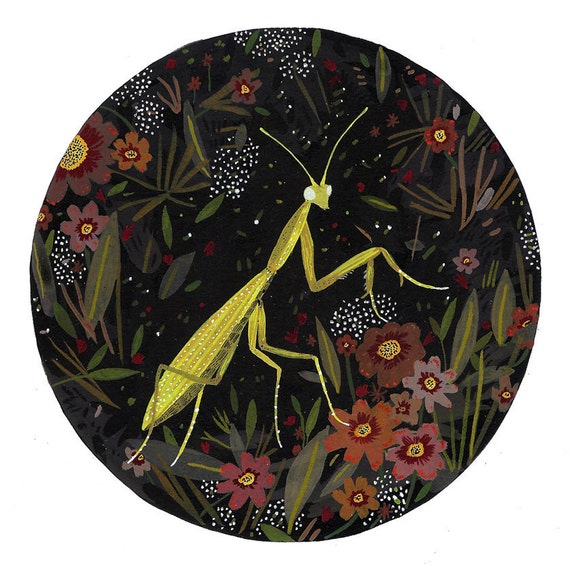 |
| Male maybug, Melolontha melolontha, image from Wikipedia |
I think my love for them may have developed as a child - there are very few insects in Britain large and docile enough to be picked up and petted, and they'll happily explore your hand on tiny pinscratch claws. (Sadly they were apparently also a favourite with children in less enlightened times, who apparently came up with all sorts of horrible things to do to them.) And last but by no means least, their common name, cockchafer, sounds rather rude!
As their name suggests, maybugs usually start to fly in May. As well as being fascinating in their own right, to me they've always held associations with the beginning of summer, with the arrival of hot lazy days and long golden evenings. I rarely see them now living in London - in my eight years here I've found a single one - and I miss these holiday heralds in the city.
 |
| Winged black ants, image by Rebecca Nesbit |
For most of the year the Common Black Ant Lasius niger seems fairly unremarkable, but a closer look reveals it to be anything but. For a start they farm aphids, protecting them from predators in order to "milk" them for the honeydew they produce. As every gardener knows, aphids can be pests of plants, sucking the sap and introducing disease. Plant sap is very rich in sugar but has a comparatively low concentration of amino acids, the building blocks of protein, so to get all the protein they need aphids have to take in far more sugar than they could possibly use. They get rid of the excess by excreting a concentrated sugary solution known as honeydew, which to an ant serves as a very convenient sweet energy drink.
Interestingly, this process is thought to be the reason plants evolved sweet nectar to attract pollinators - having ants guarding their tiny herds benefited the plants too, as ants will eat herbivorous insects as happily as they'll eat aphid predators. Obviously though having their sap sucked by the aphids was a bit of a downside to the arrangement, so plants evolved ways of producing their own sugary secretions, mimicking the aphids to attract the ants. Over time the additional benefit of using highly mobile insects to transport their pollen between plants producing these sugary secretions emerged.
Incidentally this entire system of interactions is utterly fascinating and deserves far more than two paragraph's worth of explanation, but I haven't managed to find a single layperson's introduction to link to so I may have to write my own.
What makes common black ants such a dramatic seasonal indicator though is their mating flights; every year between June and September vast swarms of winged males and immature Queens emerge from their nests to mate and establish new colonies. Although a survey carried out by the Society of Biology revealed that ants did not all mate on a single day across the country as had commonly been supposed, mating flights are coordinated in local areas to produce localised "flying ant days".
When I was a child my family and another used to go on holiday together to the Isle of Wight every summer, driving down with a gaggle of children crammed into the footwells of the car in a way that would be illegal now and probably was then to be honest. We always seemed to manage to arrive in time for the flying ants and while everyone else was picking them out of sandwiches or scraping them off sunscreened limbs, a firm association somehow became cemented in my brain between flying ants and all the good things in life.
 |
| Female common green grasshopper, Omocestus viridulus, image from Wikipedia |
 |
| Female Araneus diadematus. Image from Wikipedia. |
As summer comes to an end and the autumn evenings draw in, misty and mysterious, Britain's spiders really come into their own, festooning the garden with their silken webs. The most skilful weaver is the garden spider, Araneus diadematus.
The spiders themselves are as beautiful as their webs, with a wide variety of colours from restrained neutral tones of taupe and dove grey to rich deep chocolate and mahogany or sunny gold, and when the females are gravid their abdomens are large enough to notice the cross-shaped markings and really appreciate the intricate stippled patterns. There are some gorgeous pictures showing various different colourations here, or I would really recommend doing a Google image search for all the beautiful pictures I can't share because they're not public domain.
Special mention too should be given to the various species of house spiders which wander indoors in autumn in search of a mate and instead tend to meet a swift and crunchy end at the paws of the cat, who unfortunately views most invertebrates as entertaining snacks. The Natural History Museum produces a handy guide to the most common species likely to be found indoors which is available here (pdf).
 |
| Compost, image from Wikipedia. Okay I'm cheating a bit with this one but I defy anyone to find an artistic, Creative Commons licensed image of a worm. |
Worms may not be the most charismatic creatures in the garden it's true, but I find it amazing that something that is essentially a stripy tube can bring about such a miraculous transmutation, turning mouldering kitchen leftovers into dark, crumbly compost that you'll want to sniff deeply at and run through your fingers when it's warmed by the springtime sun. Their distant cousins the earthworms do this vital recycling job on a much larger scale in the garden soil, keeping nutrients flowing ceaselessly through the ecosystem. I find the whole concept of nutrient cycles deeply comforting on an almost spiritual level as a reminder that we're all connected, humans and soil and microorganisms and vegetables, we're all made of the same things on a fundamental level, and we have worms to thank for the fact that these fundamental building blocks are constantly in motion, in flux through a greater whole.
 |
| Buff-tailed bumblebee, Bombus terrestris, image from Wikimedia Commons |
All cold-blooded creatures are sluggish on chilly early spring mornings and struggle to get moving (I can sympathise) but bumblebees are able to decouple their flight muscles from their wings and use them to generate body heat which allows them to fly earlier in the year than most other insects, as this thermal video shows.
 |
| Large bee-fly Bombylius major, image from Wikimedia Commons. |
The large bee-fly incidentally has the glorious binomial name of Bombylius major, which always makes me think of a rather pompous and portly retired military gentleman.
 |
| 13th century depiction of the turning of the seasons from Liber Divinorum Operum by Hildegard von Bingen |
The tiny invertebrate lives beneath our feet are so often overlooked in the when we appreciate the endless variety of the circling year. I hope this post will encourage some people to look for them, and note them, and smile.












